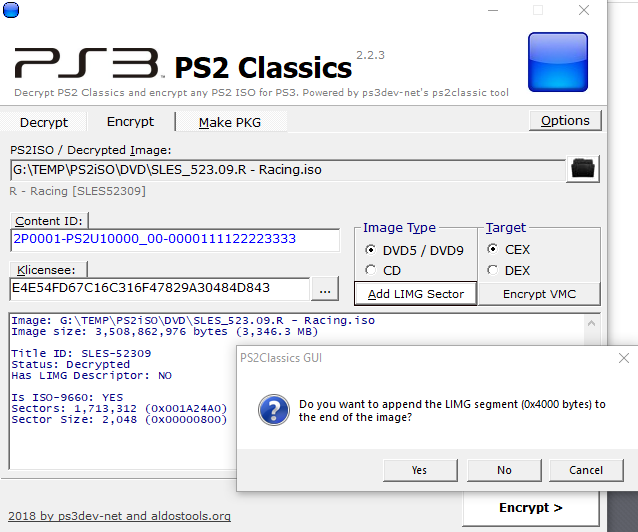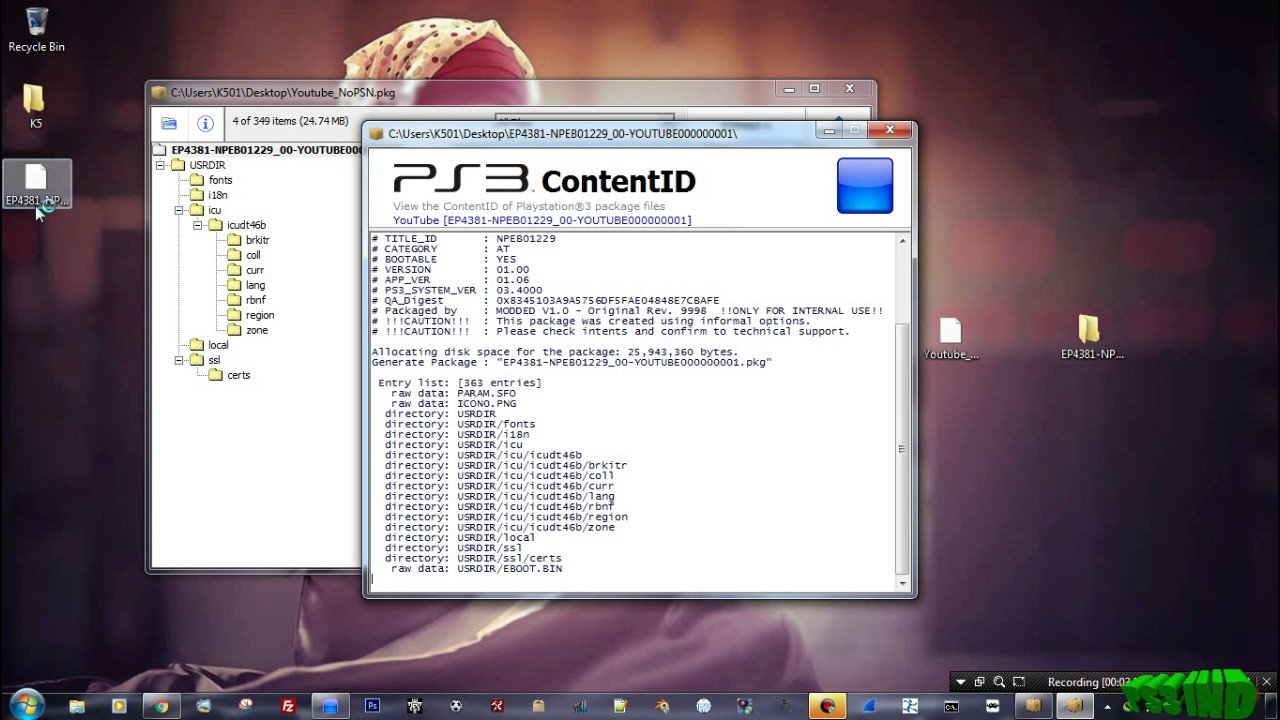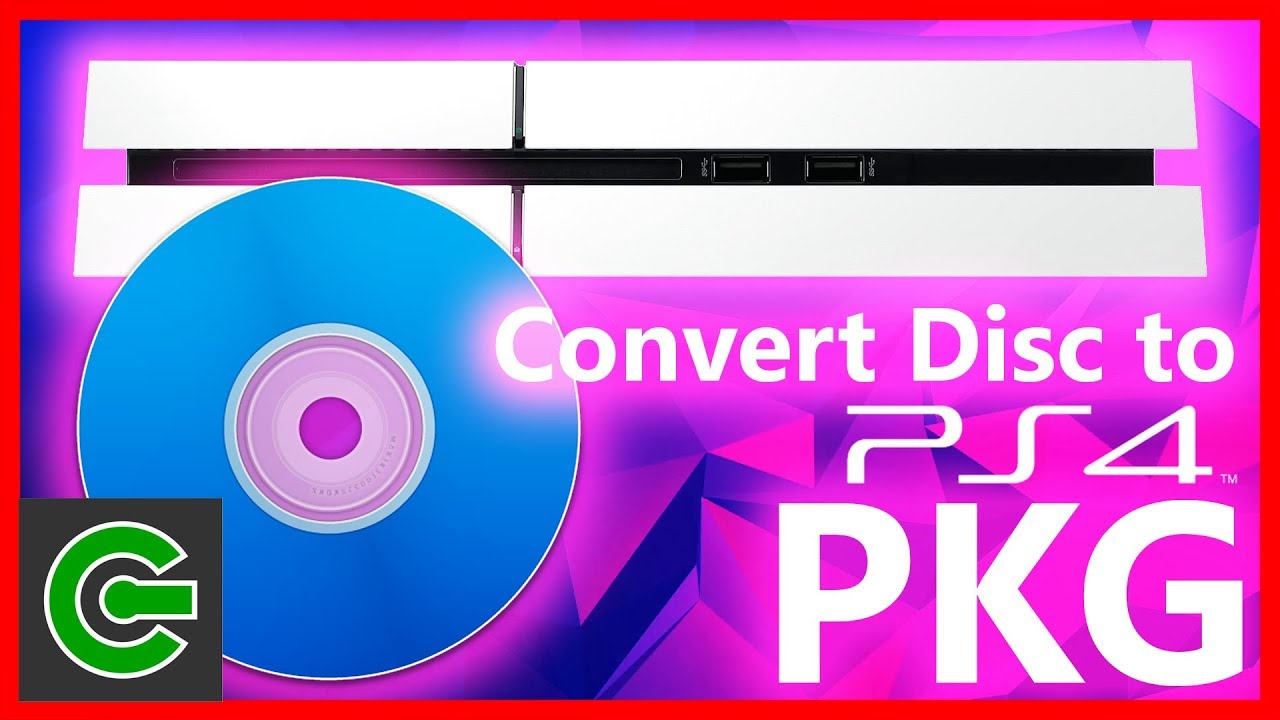

This method allows you to download macOS 10.13 and newer, for 10.12 and older see Downloading macOS: Legacy OS. For everyone else, you can either download macOS from the App Store or with Munki's script. You can skip this and head to formatting the USB if you're just making a bootable OpenCore stick and not an installer. To start we'll want to grab ourselves a copy of macOS. While you don't need a fresh install of macOS to use OpenCore, some users prefer having a fresh slate with their boot manager upgrades.

Getting started with ACPI (opens new window).Now with all of this done, head to Setting up the EFI to finish up your work.If you want to create an ISO image with large folders (above 870 MB), you need to upgrade to the Pro version and shell $22.95 for the license.ĭownload: AnyToISO for Windows, Mac (Free Lite version, Premium $22. However, if you are using Windows 11, you will first need to access the classic context menu to view the AnyToISO option.

You can also right-click on any folder in File Explorer and select the Create ISO option to launch the app and convert the folder into an ISO image. Once completed, you will have a new ISO file created out of the selected folder. Depending on the size of the folder, the ISO writing process may take some time. You can change the volume label name or leave it as default.īutton to initiate the process. To convert a folder to an ISO image using AnyToISO:Īnd select the folder you want to convert to an ISO image.Īnd select the save location for the ISO file. When enabled, it will add a create ISO option in the Windows Explorer context menu. It also supports the Windows Explorer shell extension. It is easy to use and doesn't come with tons of options. If you are looking for a free utility to create an ISO image not bigger than a regular CD, the AnyToISO Lite version is an excellent utility.


 0 kommentar(er)
0 kommentar(er)
